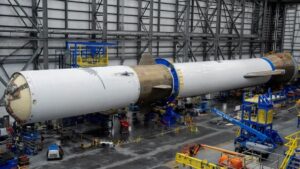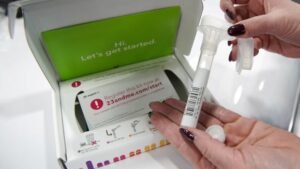Animals and plants also live and thrive on public squares. This creates opportunities for greater biodiversity and well-being for the human population. Researchers at the Technical University of Munich (TUM) have studied at 103 locations in Munich how various factors affect flora and fauna. They advocate a close examination of local conditions and a more nature-focussed approach to the design of public spaces.
Biodiversity is the foundation of functional ecosystems: diverse ecosystems are more stable and have greater resiliency to the effects of climate change. However, humans also benefit directly from having a wide range of plant and animal life in their surroundings. A growing number of studies have demonstrated the positive effects on the human immune system, moods and the microbiome, as the microorganism population of the body is known. “Especially with rising urbanization, it makes sense to take a closer look at the coexistence of humans and animals in the city,” says Wolfgang Weisser, Professor of Terrestrial Ecology at TUM.
Together with Andrew J. Fairbairn and Sebastian T. Meyer, the first authors of the study, and students and staff of the chair, Wolfgang Weisser studied biodiversity at 103 public squares in Munich. The team looked at such factors as size, the occurrence of lawn, plant and tree growth, artificial light sources and green in the surroundings of the location within a 1,000 meter radius. The squares varied from almost entirely sealed to park-like squares.
Their results show, with Munich as an example, how greatly the different spaces can differ in the animals and other organisms that can live there. At the heavily sealed Marienplatz, the researchers counted only 20 species, with just one bird and moss species as well as insects and bat species. Meanwhile, at Pfrontener Platz, a space with lawns, bushes and trees, they found 156 taxa, including 21 different kinds of birds. At Johannisplatz, 118 species are present, as it has trees, hedges and some grassy areas despite being sealed to a relatively large extent.
More detailed planning needed for plantings
Unsurprisingly, more plants are beneficial to many animal species. This is a factor that urban planning models already take into account. However, the study also shows that lawns, trees and bushes vary widely in terms of the diversity and numbers of the species they attract. So far, public spaces are designed with humans in mind, with little consideration to animals and other species.
Almost all of the species investigated benefit from lawns as they are home to soil organisms that also serve as a food source, for hedgehogs and birds, for example. Trees and bushes also have positive effects, especially when combined with grassy vegetation. At the same time the team was able to show that some species also seek the heat of the city center, while others prefer the cooler outlying areas, where there is also less light pollution.
Consciously planning for the coexistence of humans and animals
Based on those insights, the researchers concluded that the chances for greater biodiversity are increased if, instead of applying the same patterns to every location, planners take into account the local conditions and the needs of different species. To encourage more bee species, for example, they should not only plant nectar-bearing flowers, but also provide open space as habitat for the bees and a source of nest-building material – even close to the city center because pollinators like warm conditions.
“We understand that spaces fulfil various functions and that not every area is suitable for large-scale restructuring,” says Wolfgang Weisser. “But with just a few measures one can already achieve a lot and allow for positive people-nature-relationships. If we incorporate factors with a positive influence on biodiversity in urban planning, we can utilize the available potential to do good not only for nature but also for ourselves.”



